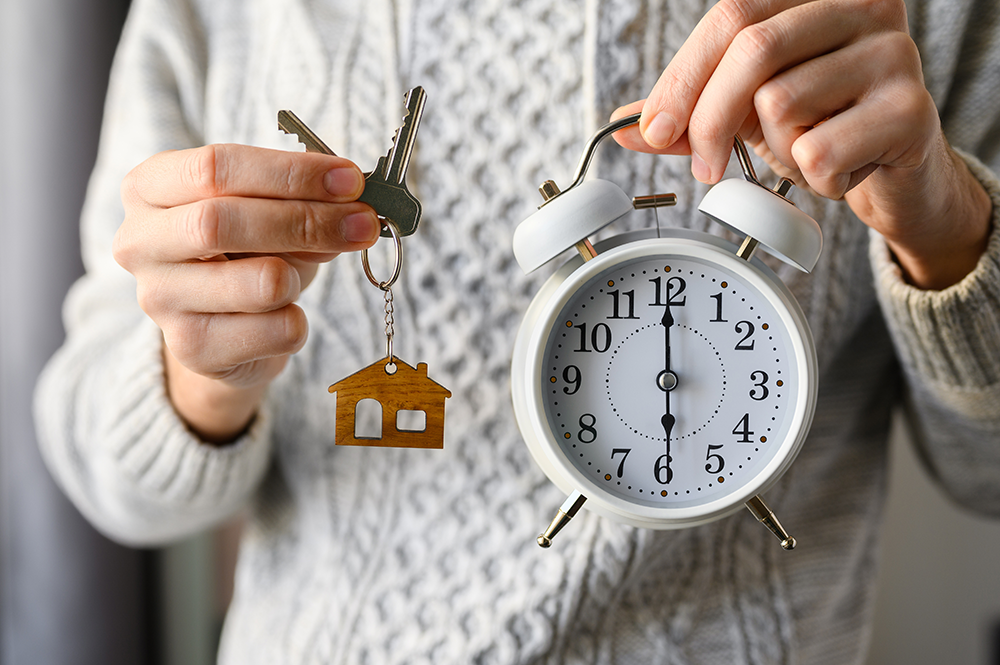Once you have moved through the majority of your online digital mortgage process, you’ll sign your closing documents and have them notarized by a notary. Traditionally, this process had to happen in person, typically in your loan officer’s office, to have all documents signed and observed by a notary. Today, digital technology allows this process to happen from the comfort of your home.
Remote notarizations (not available in all states) allow for the notarization of documents online using digital ID verification or other forms of ID verification. Below are the different types of notaries that range from completely online to the traditional in-person process
- Remote Online Notary (RON): completely online remote notarization of electronic documents using digital ID verification.
- Paper Remote Online Notarization (PRON): remote online notarization of physical documents (delivered via mail) using digital ID verification.
- Remote Ink Notarization (RIN): remote notarization of physical documents (delivered via mail) through an audio-visual communication platform like Skype or Facetime.
- Traditional Wet Ink Notarization (TWIN): the traditional notarization process – an in person signing on physical documents.
- In Person Electronic Notarization (IPEN): In person notarization of electronic documents with a digital signature.
Remote notarization is not available in all states; however many states are currently in the process of reviewing and passing legislation. You can find the most updated information on states that allow remote notarizations here.
Electronic Notarization vs. Remote Notarization
While they both sound very similar, there is a key difference between the two. As outlined above, an electronic notarization is a notarization in which documents are signed and notarized digitally, but the notary is still required to observe in the same room the documents are being signed. A remote notarization is just that, a notarization in which documents are signed and notarized digitally and the notary observes using an audio-visual communication platform like FaceTime.
Now that you’re familiar with remote notarizations, you may be interested in learning more about digital ID verification. Otherwise, if you’re ready to begin your online digital mortgage journey, get started now!



